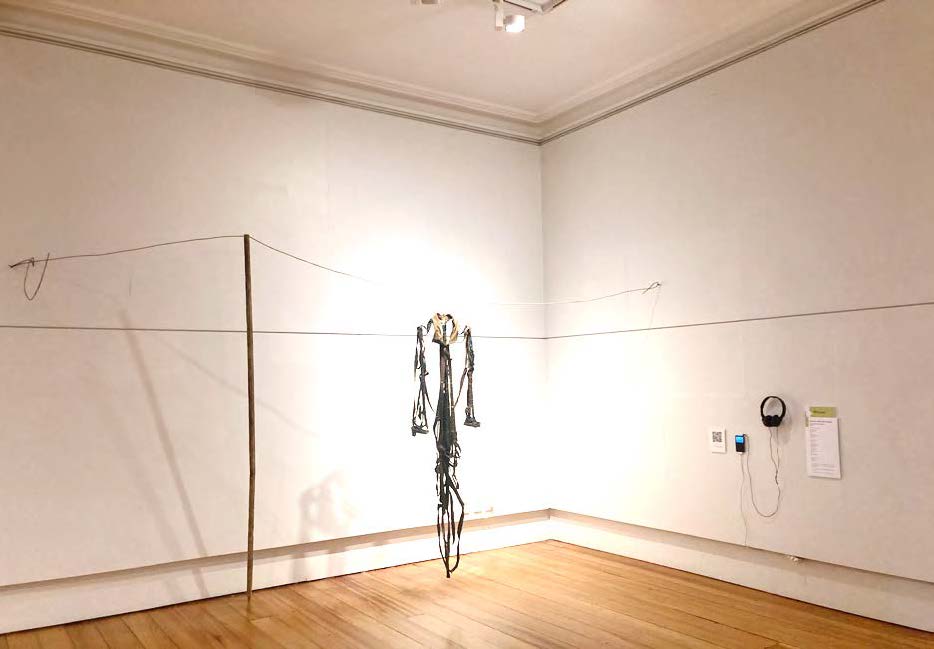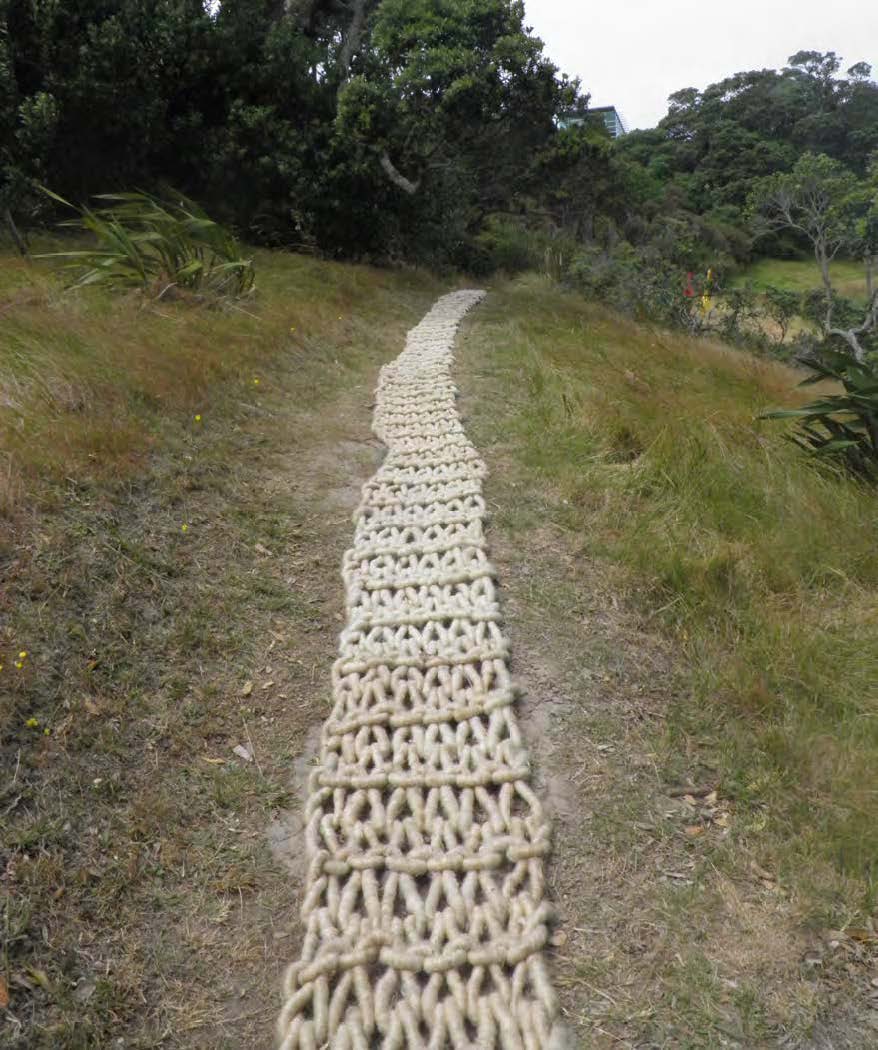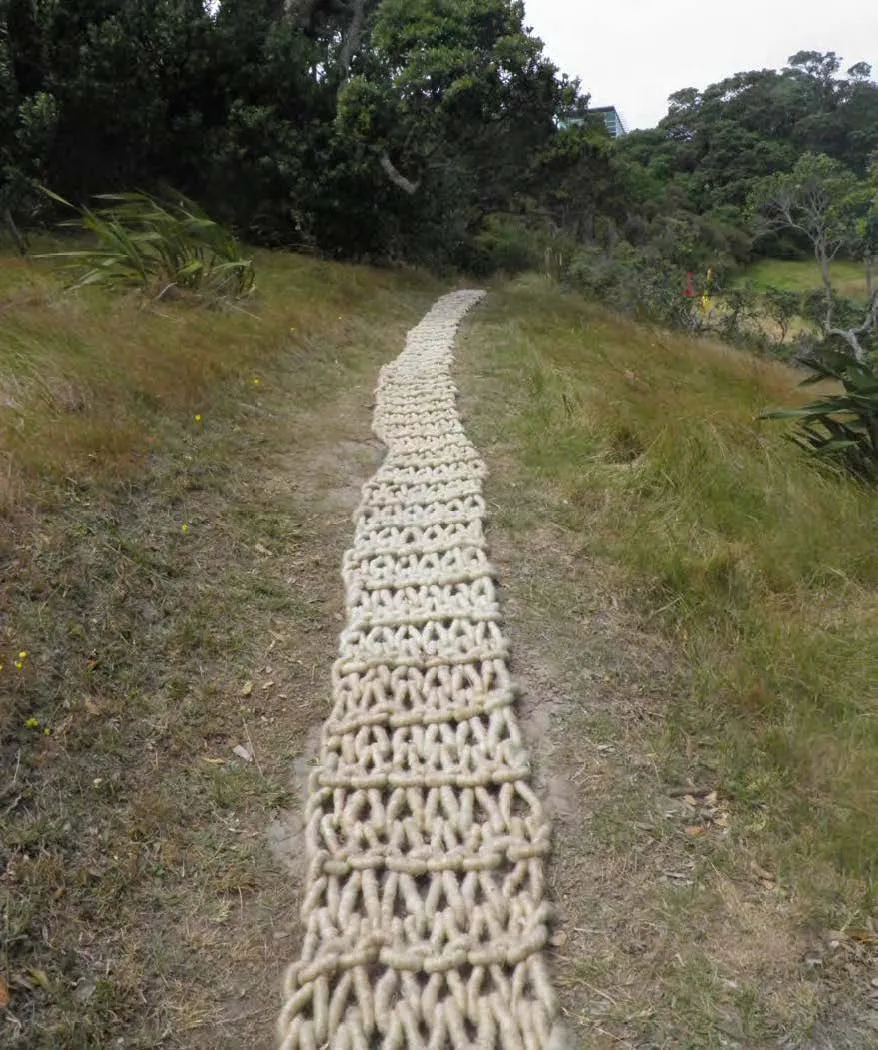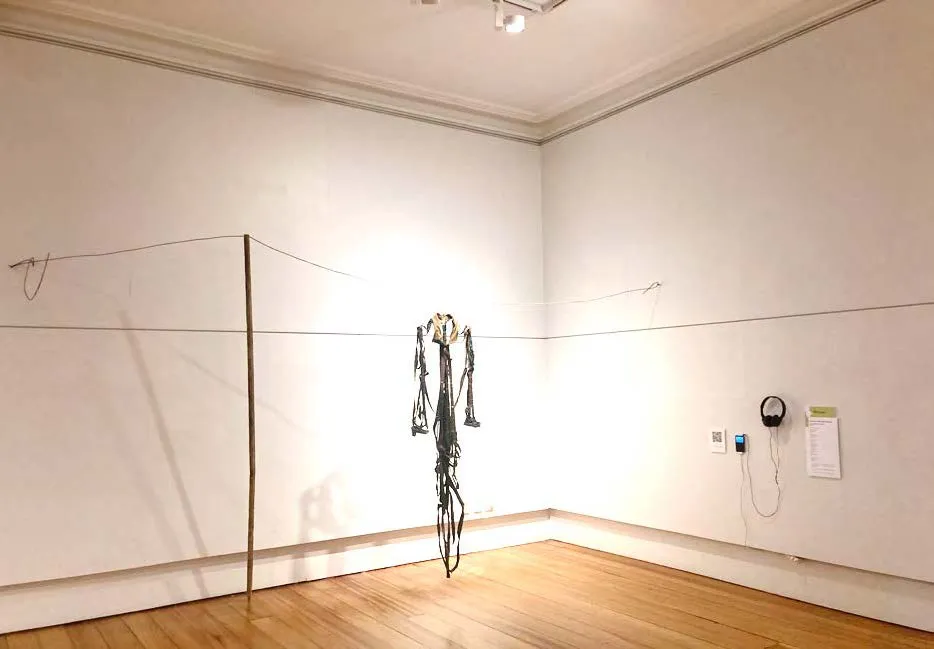Creating Art, Creating Artists
Written by

Academia and education can fall into the stereotype of being outdated and ticking boxes rather than innovating.
Unitec Senior Lecturers Dr. Bobby Hung and Gina Ferguson blow these tired clichés right out of the water.
They’re part of an experienced and talented faculty at Unitec’s School of Creative Industries that go far beyond lecturing and prescribing textbooks. Like many of their colleagues, they’re both practising artists who aren’t done pushing boundaries themselves.
Award-winning multidisciplinary artist and curator Ferguson declares “I am driven by a desire to question and to look around corners. It is about a love and a passion for creative practice. Living in a world that prioritises the visual subsequently encourages me to look beyond, to touch and to listen.
“I love making sense of the world and I love making.”
Hung, an internationally recognised graffiti artist, is drawn to merging creativity with public spaces.
“The public domain is a powerful environment to embed artistic expression, which in turn proposes new ways for audiences to engage with art. Whether you are a studio artist bringing work into the public or a public artist shifting towards a studio practice, there are lessons to be learned from both realms.”
Walking the walk
The pair have bodies of work that speak for themselves.
A Guinness record holder as a contributor for the world’s longest graffiti scroll in Dubai, Hung’s input in community projects around Aotearoa has built him a strong reputation. It’s one that saw him sponsored by Australian spray paint company Ironlak for a decade (only ended due to COVID).
“I got to represent an international brand around the globe, have my own custom colour and spray can, and receive an endless amount of spray paint each year which enabled me to develop my body of artwork,” Hung explains.
He also has fond memories of finishing in second place from over 100 artists at an international graffiti competition in Tahiti. “It was quite significant for me because it felt like I was representing Aotearoa and trying to put us, as a scene, on the international stage.”
Ferguson has had great success on sculpture trails, made regular finalist appearances for creative prizes - including her recent consecutive success in the Fieldays Number 8 Wire National Art Award - and has exhibited extensively on both sides of the Tasman.

Gina Ferguson, It never rains but it pours, (2022) Fieldays No 8 Wire National Art Award. Photo: Supplied.
Ferguson’s own personal highlights “are manifest in works that have an interactive or responsive element, where change occurs over time in relation to site or the body - where the work is performative or facilitates a physical encounter.”
Like Hung, she’s a big believer in collaboration - something she’s done regularly with audio/visual driven creative Dale Cotton to enable interactive experiences.
“It widens your perspective,” Ferguson details. “As a practitioner, collaboration enables growth within your own practice – it makes you relook, rethink, and reconfigure your work; it pushes you and helps you to develop creatively and grow as an artist.”
Knocking down barriers to create pathways
Coming from a visual arts background, Creative Industries graduate from Unitec himself and having the ability to impart his knowledge and skills at the same school is “a real privilege”.
He revels in the ability to not just create artwork but share his knowledge with students - staunch in his belief it’s a genuine career path for passionate creatives.
“Graffiti and street art is always going to be fighting for its legitimacy in the artworld as a ‘lowbrow’ artform. However, I believe these artforms speak to mostly young people and its anti-establishment ethos is what makes it edgy as an art movement and pushing the boundaries of art in the 21st Century.
“It doesn’t really matter whether people like it or not. Art should push boundaries - whether it's aesthetically, conceptually, or contextually.

Bobby Hung AKA Berst graffiti mural in Invercargill. Photo: Les Ladbrook Photography.
“The old debate used to be whether graffiti was ‘art’. Thankfully, this debate is outdated now because graffiti and street art have been legitimising itself and infiltrating the art galleries and museums for over two decades now.
“There haven’t been many programmes or courses in Aotearoa that engage with the knowledge and skills of these movements but there is a career trajectory in this space now, with so many of my peers operating as full-time muralists, commercial artists, and street art festival curators.”
Giving back
Fergusson’s dedication to Unitec dates back over 30 years to when it was still called Carrington Polytechnic. Involvement in art education is something she can’t get enough of.
“The relationship between teaching and practice is important, both are responsive and creative - they feed each other.
“Being around students and teaching is inspirational. Every day and every year is different and ever changing - each student brings new ideas, talents, and challenges; this keeps things fresh and contemporary.”
She adds “I find the diversity of practice within arts fascinating. The discussions across and between practices are at the heart of what it means to be creative.
“An academic programme that serves and supports the diversity of practice, cultural positioning and fundamentally enables the individual will ensure success and subsequently it will feed the breadth of creative options and outlets - it will serve our creative industries sector.
“What remains pivotal is the individual student as the individual voice remains paramount. As an academic, you are continually negotiating how to best serve the creative individual while ensuring excellence is maintained.”

Gina Ferguson, Sheep Track, Sculpture on the Gulf (2013). Wool, fibre, wood, metal, approx. 35000 mm long, Photo: Supplied.
Both Ferguson and Hung take great pride in the impact Unitec’s graduates make on the creative community - including recent examples like Tyrone Te Waa, Reece King, Nikita Sharma, Tira Walsh, Jimmy Ma’ia’i, Brendon Leung, Jasmine Te Hira, Melissa McMahon and Oliver Cain.
“I am continually impressed by the success of graduates and surprised at how they operate with flexibility and leadership in the creative sector,” elaborates Ferguson, who also has a unique role in the process as curator of Gallery One at Unitec.
“Success can be seen in their winnings of national awards and the written accolades from external critics; furthermore, their impact on the wider sector such as involvement in education, museums and galleries, residencies and commercial art ventures are testament to the opportunities and creative diversity that our degrees serve.”
Hung exudes “I’m passionate about engaging young people and supporting them to find and achieve their aspirations and career goals. A part of the teaching is about instilling values, building cultural capital, and habits of success that will enable them to thrive and contribute to the future creative economy in Aotearoa.”
Written in partnership with Unitec. Click here to find out more about the School of Creative Industries.


